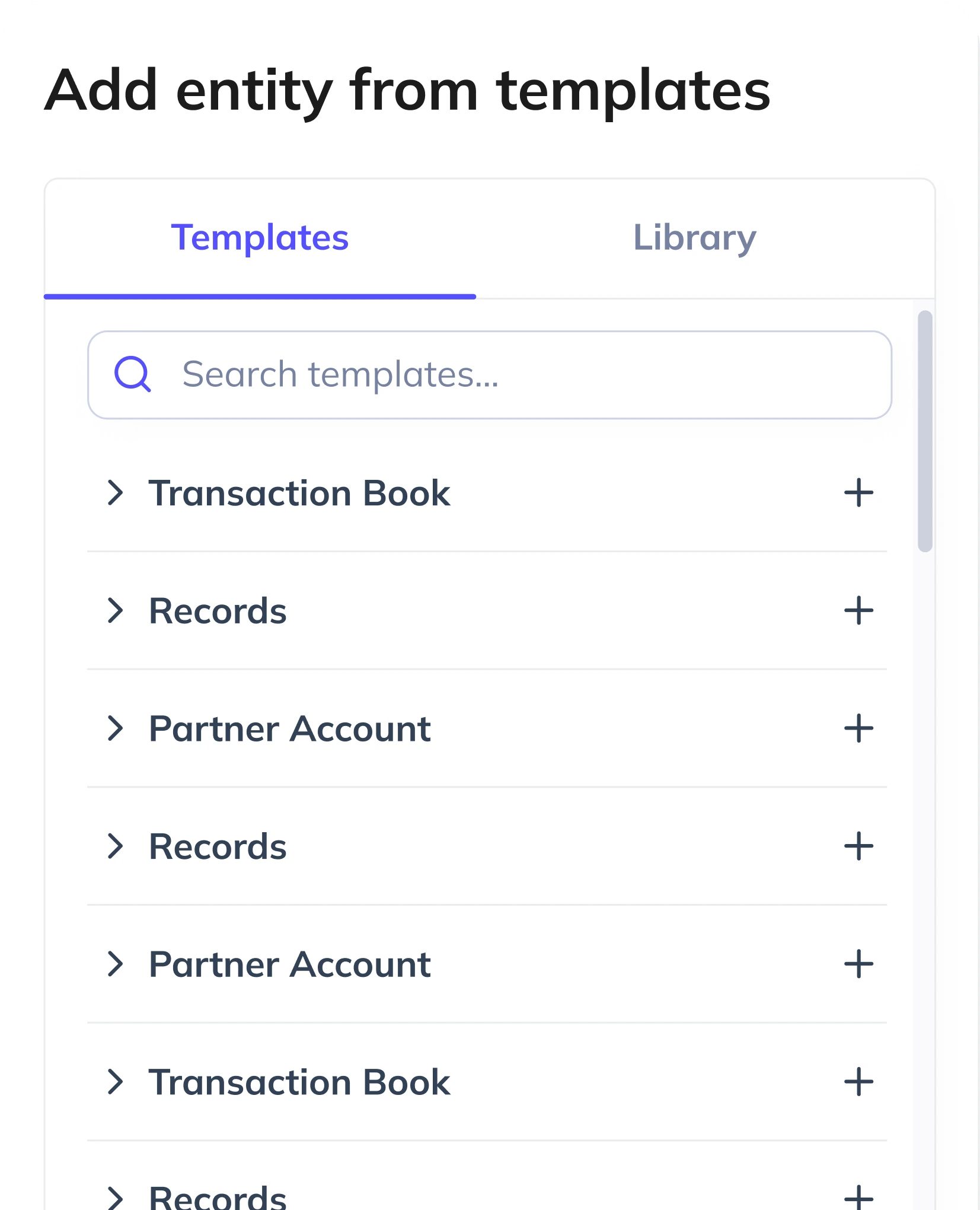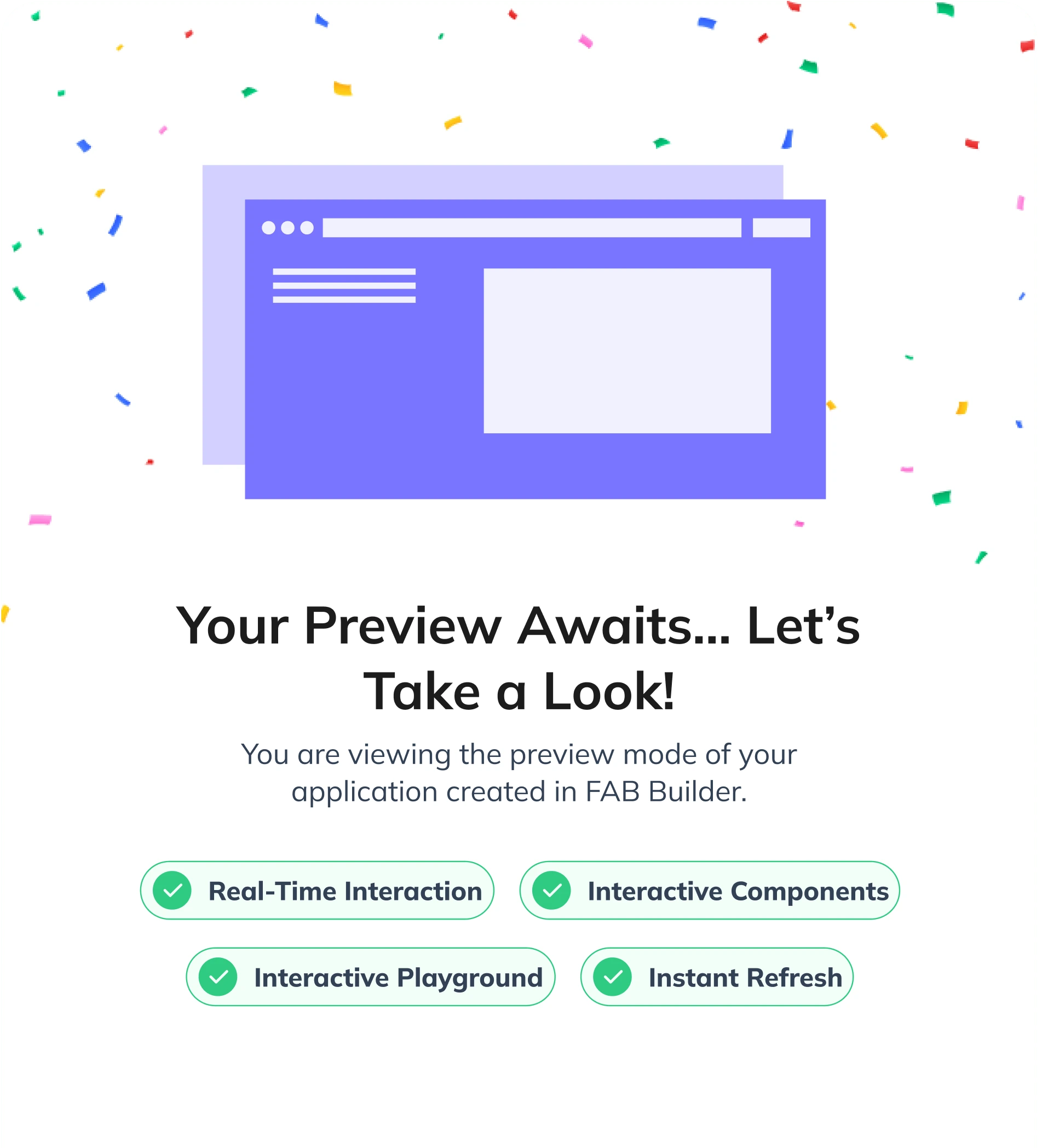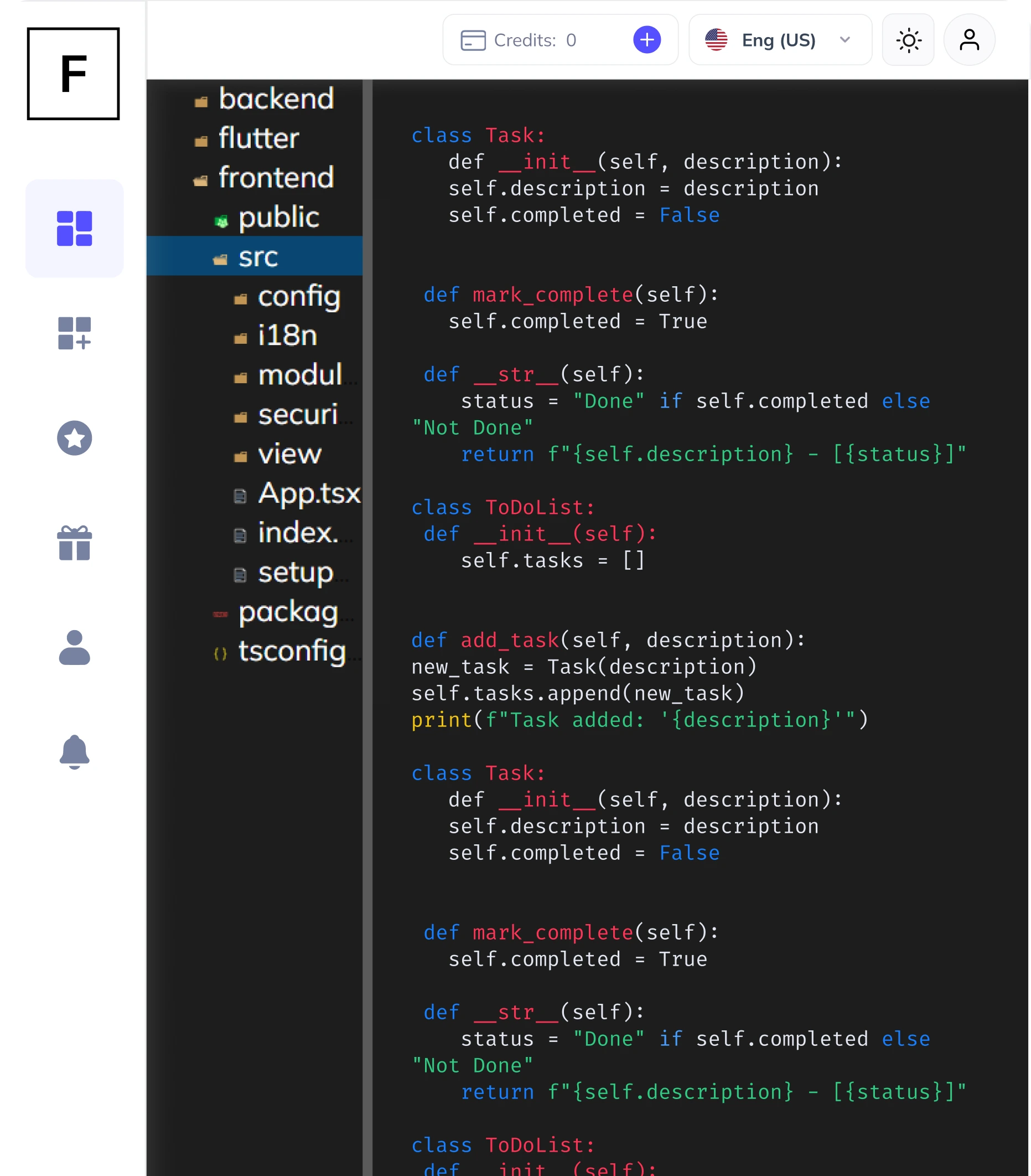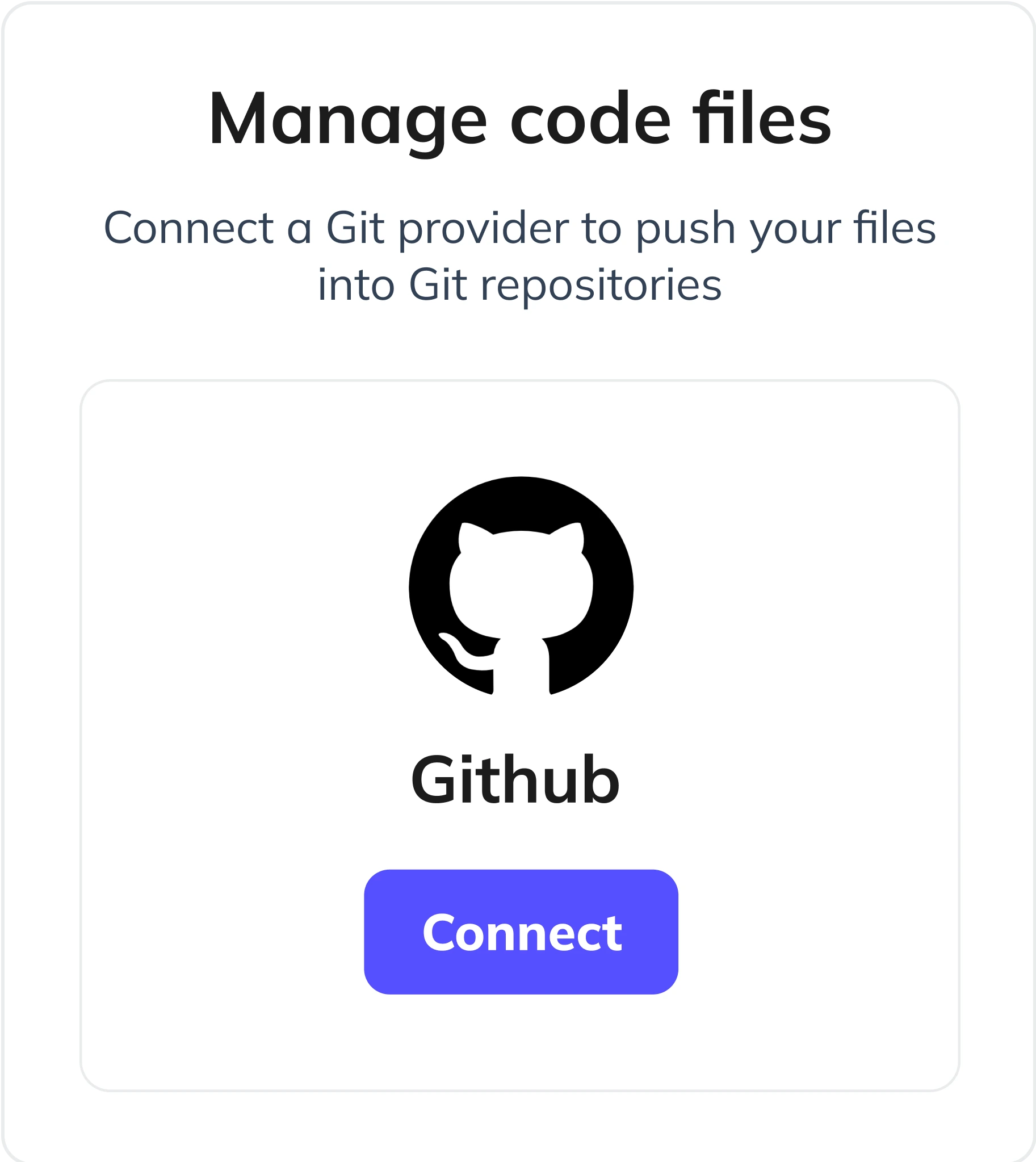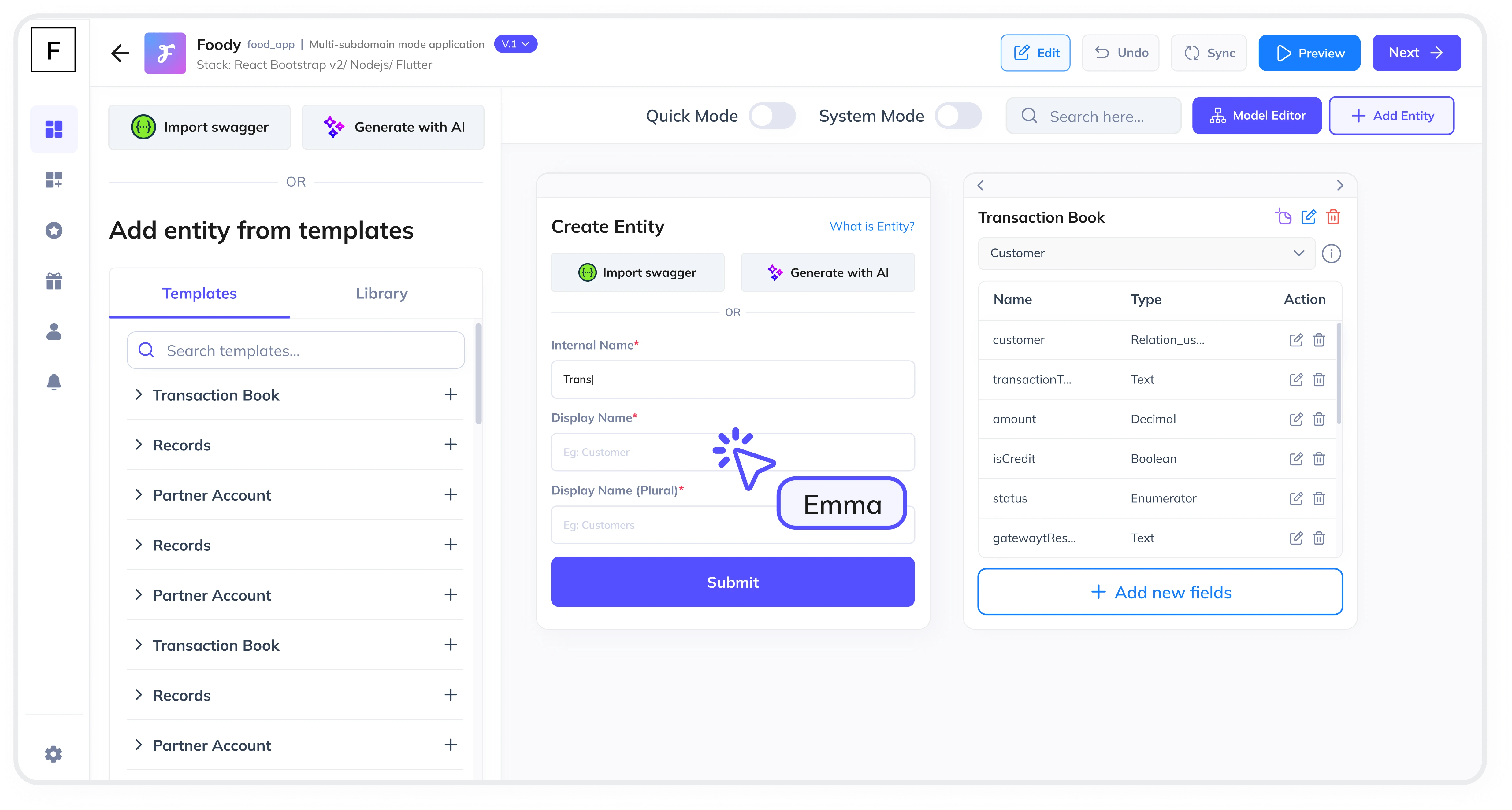Summarize and analyze this article with:
In the rapidly evolving world of IoT (Internet of Things) and Smart Device Management, monitoring device status and performance is crucial for ensuring optimal functionality and efficiency. A Device Monitoring Module is a vital component that allows businesses to track, analyze, and manage their IoT devices in real-time. In this guide, we will walk you through the step-by-step process of creating a Device Monitoring Module using FAB Builder, a powerful low-code platform that simplifies application development.
Why Use a Low-Code Platform for IoT Device Monitoring?
Low-code platforms like FAB Builder are revolutionizing the way applications are developed. They offer a faster, more efficient, and cost-effective way to build complex applications, including IoT solutions. Here are some reasons why you should consider using a low-code platform for your IoT Device Monitoring Module:
- Speed: Low-code platforms significantly reduce development time, allowing you to bring your IoT solution to market faster.
- Ease of Use: With drag-and-drop interfaces and pre-built templates, low-code platforms make it easy for both developers and non-developers to create applications.
- Customization: Despite being low-code, platforms like FAB Builder offer extensive customization options, ensuring that your application meets your specific needs.
- Scalability: Low-code platforms are designed to scale with your business, making them ideal for IoT applications that may need to grow over time.
- Cost-Effectiveness: By reducing the need for extensive coding, low-code platforms can significantly lower development costs.
Key Features of FAB Builder for IoT Device Monitoring
FAB Builder offers a range of features that make it an ideal choice for creating a Device Monitoring Module for IoT and Smart Device Management:
- AI-Assisted Entity Creation: FAB Builder uses AI to automatically create entities based on your application description, saving you time and effort.
- Full Stack Code Generation: FAB Builder generates production-ready code for both front-end and back-end, including mobile applications.
- Downloadable Source Code: All the code generated by FAB Builder is downloadable, giving you full control over your application.
- Cloud Deployment: With one-click deployment to AWS, GCP, and Azure, FAB Builder makes it easy to get your application up and running in the cloud.
- Bulk Data Import/Export: FAB Builder automatically creates Excel templates for bulk data import and export, making it easy to manage large datasets.
- Configurable File Storage: Choose from a variety of file storage options, including Google Cloud Storage, AWS S3, and more.
- Payment Gateway Integration: Easily integrate payment gateways like Stripe, RazorPay, and PayPal to monetize your IoT application.
- Multi-Tenant Configurations: With FAB Builder, you can create SaaS applications with multi-tenant configurations, allowing you to sell subscriptions to your B2B customers.
Step By Step Guide to Creating a Device Monitoring Module
Step 1: Define Your Application Requirements
Before you start building your Device Monitoring Module, it's essential to define your application requirements. Consider the following:
- What types of devices will you be monitoring?
- What data points do you need to track (e.g., temperature, humidity, battery status)?
- How will the data be visualized (e.g., dashboards, charts)?
- What are your security and compliance requirements?
Step 2: Create Entities Using FAB Builder's AI-Assisted Entity Creation
Once you have defined your requirements, use FAB Builder's AI-assisted entity creation to automatically generate the necessary entities for your application. For example, you might create entities for devices, sensors, and data points.
Step 3: Customize Your Application
With the entities in place, you can now customize your application to meet your specific needs. FAB Builder offers a range of customization options, including:
- Customizing the user interface to match your brand.
- Adding custom business logic to handle specific use cases.
- Configuring role-based permissions to control access to different parts of the application.
Step 4: Implement Bulk Data Import/Export
FAB Builder automatically creates Excel templates for bulk data import and export. This feature is particularly useful for managing large datasets, such as historical device data. You can also configure role-based permissions to control who can import and export data.
Step 5: Configure File Storage
Choose the file storage option that best suits your needs. FAB Builder supports a variety of storage providers, including Google Cloud Storage, AWS S3, and more. You can also switch between storage providers as your needs change.
Step 6: Integrate Payment Gateways
If you plan to monetize your IoT application, you can easily integrate payment gateways like Stripe, RazorPay, and PayPal. This allows you to collect payments for your services or products directly within your application.
Step 7: Deploy Your Application
Once your Device Monitoring Module is ready, you can deploy it to the cloud with just one click. FAB Builder supports deployment to AWS, GCP, and Azure, making it easy to get your application up and running.

Use Cases for Device Monitoring Modules
Device Monitoring Modules are used in a wide range of industries and applications, including:
- Industrial IoT: Monitor the status and performance of industrial equipment to prevent downtime and optimize maintenance schedules.
- Smart Homes: Track the status of smart home devices, such as thermostats, security cameras, and lighting systems.
- Healthcare: Monitor medical devices to ensure they are functioning correctly and providing accurate data.
- Agriculture: Track the status of agricultural sensors and equipment to optimize crop yields and reduce resource usage.
Benefits of Using FAB Builder for IoT Device Monitoring
Using FAB Builder to create your Device Monitoring Module offers several benefits:
- Faster Time-to-Market: With FAB Builder's low-code platform, you can develop and deploy your IoT application in record time.
- Cost-Effective Development: Reduce development costs by leveraging FAB Builder's pre-built templates and AI-assisted entity creation.
- Full Control Over Your Application: All the code generated by FAB Builder is downloadable, giving you full control over your application.
- Scalability: FAB Builder's platform is designed to scale with your business, ensuring that your IoT application can grow as your needs evolve.
- Security: FAB Builder's multi-layer security model ensures that your application is secure and compliant with industry standards.
Why Choose FAB Builder?
FAB Builder stands out from its competitors for several reasons:
- No Strings Attached: Once you download the source code, there are no strings attached. All intellectual property, business logic, and innovations are entirely in your hands.
- Flexibility: FAB Builder supports a wide range of technology stacks, including MERN, MEAN, ReactJs, Vue, Angular, and more. You can switch between tech stacks at any stage of your project.
- Extensive Support: FAB Builder offers product development and architecture consultation services to help you get the most out of your IoT application.
- Multi-Tenant Configurations: With FAB Builder, you can create SaaS applications with multi-tenant configurations, allowing you to sell subscriptions to your B2B customers.
Conclusion
Creating a Device Monitoring Module for IoT and Smart Device Management is a complex task, but with FAB Builder's low-code platform, it becomes significantly easier. By following the step-by-step guide outlined in this article, you can quickly develop a robust and scalable IoT solution that meets your specific needs. Whether you're looking to monitor industrial equipment, smart home devices, or medical devices, FAB Builder offers the tools and features you need to succeed.
Ready to get started?
Visit FAB Builder today and start building your IoT application with ease.






